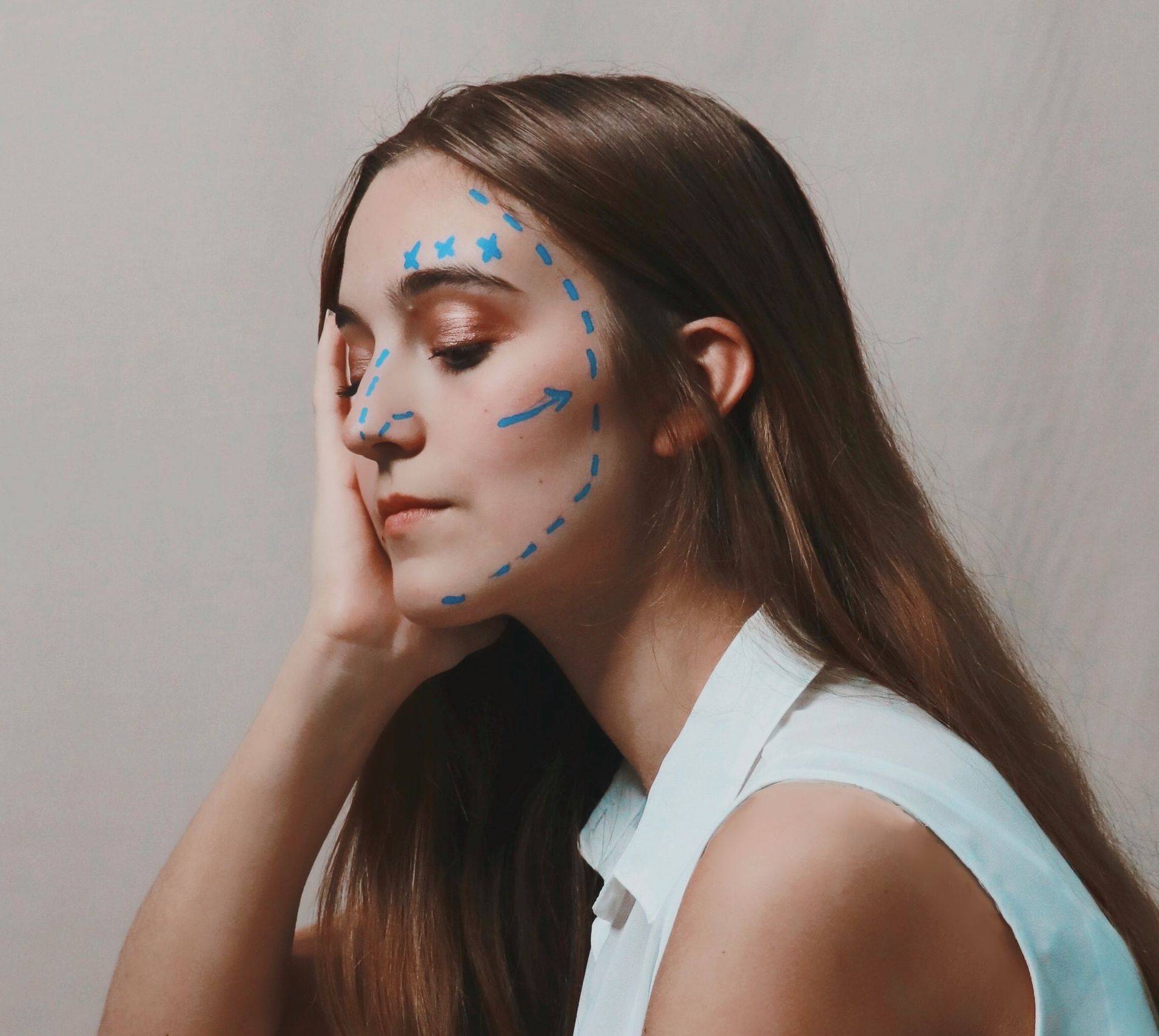Botox and dermal fillers have become incredibly popular cosmetic surgery(جراحة تجميلية ) for those looking to reduce the appearance of fine lines, wrinkles, and volume loss. These non-surgical procedures offer a more youthful look without the need for extensive recovery times, making them an attractive option for many. However, before deciding to undergo Botox or filler treatments, there are several important factors you should consider to ensure that you achieve the best possible results. In this article, we’ll cover five key things to keep in mind before getting Botox or fillers.
1. Understand the Difference Between Botox and Dermal Fillers:
Before deciding on either treatment, it’s crucial to understand how Botox and dermal fillers differ in terms of their function and results.
1.1 Botox:
Botox is a neurotoxin that temporarily paralyzes the muscles responsible for wrinkles. It’s most commonly used for dynamic wrinkles—those caused by facial expressions, such as frown lines, crow’s feet, and forehead lines. By relaxing these muscles, Botox helps smooth out wrinkles and prevent new ones from forming.
1.2 Dermal Fillers:
Dermal fillers, on the other hand, are injectable gels made of substances like hyaluronic acid, calcium hydroxylapatite, or poly-L-lactic acid. Fillers are designed to restore lost volume, smooth deep wrinkles, and enhance facial contours, such as the cheeks, lips, or jawline. Unlike Botox, fillers work by adding volume beneath the skin.
Understanding these differences will help you determine which treatment is best suited for your concerns. For example, if you have deep facial folds or volume loss, dermal fillers may be more appropriate. However, if you want to smooth out expression lines, Botox would likely be a better option.
2. Consult a Qualified Professional:
One of the most important things to consider before getting Botox or fillers is ensuring that you choose a licensed and experienced professional to perform the procedure.
2.1 The Importance of Experience:
Botox and filler treatments require precision and skill to achieve natural-looking results. An experienced practitioner will know exactly where and how much product to inject for the best outcome. A botched procedure can lead to unsatisfactory results, such as uneven facial features or complications. Always do thorough research before booking your treatment and ask to see the practitioner’s credentials and portfolio of previous work.
2.2 Ask About the Clinic’s Reputation:
It’s equally important to choose a reputable clinic for your Botox or filler treatments. Check online reviews, seek recommendations from people you trust, and inquire about the clinic’s safety protocols and hygiene practices.
3. Be Aware of Potential Side Effects:
While Botox and fillers are generally considered safe, it’s essential to be aware of potential side effects and risks involved with the procedures.
3.1 Common Side Effects:
Some of the most common side effects of Botox and dermal fillers include redness, swelling, bruising, or mild discomfort at the injection site. These side effects usually subside within a few hours or days. In rare cases, there may be more significant side effects, such as allergic reactions, infections, or nerve damage, particularly if the treatment is administered incorrectly.
3.2 Understand the Risks:
While the risk of complications is minimal when Botox or fillers are performed by a trained professional, it’s still important to discuss the potential risks with your practitioner. Make sure to follow pre- and post-treatment care instructions to reduce the chance of side effects. Additionally, make sure to inform your practitioner about any allergies or medical conditions you may have to avoid adverse reactions.
4. Know the Expected Results and Longevity:
Another critical factor to consider before getting Botox or fillers is understanding what results you can expect and how long they will last.
4.1 Botox Results:
Botox typically takes about 3 to 7 days to fully take effect, and the results usually last between 3 to 6 months. After that, the muscles will gradually regain their ability to contract, causing the wrinkles to reappear. To maintain the effects, you will need to schedule regular touch-up treatments.
4.2 Dermal Filler Results:
The longevity of dermal fillers depends on the type of filler used and the area treated. Hyaluronic acid fillers, for instance, usually last 6 to 12 months, while other fillers may last 1 to 2 years. Over time, the body gradually absorbs the filler, and you may need to get touch-up treatments to maintain the results.
4.3 Setting Realistic Expectations:
It’s essential to have realistic expectations about the results of Botox and dermal fillers. While these treatments can dramatically improve your appearance, they won’t completely erase all signs of aging. Understanding the limitations of these procedures can help prevent disappointment and ensure you’re satisfied with the outcome.
Conclusion:
Botox and dermal fillers offer an effective, non-surgical solution for individuals looking to enhance their appearance, smooth wrinkles, and restore lost volume. However, before undergoing these treatments, it’s essential to carefully consider the key factors discussed above, including understanding the differences between Botox and fillers, choosing a qualified practitioner, being aware of potential side effects, setting realistic expectations for results, and considering your budget.
Taking these steps will help ensure that you make an informed decision and that you achieve the best possible results from your Botox or dermal filler treatment. If you’re ready to move forward, consult with a reputable clinic to discuss your goals and create a customized treatment plan that meets your needs.

